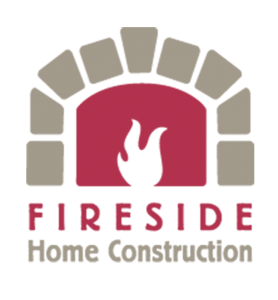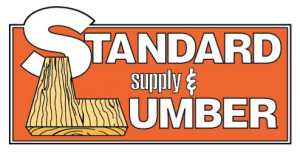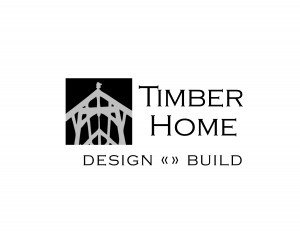Can a System Built, Pre-fabricated, High Performance, Kit Home be a "Zero Energy Ready Home (ZERH)?" Part 4
By Stewart Elliott, Right Home Company Co-Founder
Part of the ‘capable’ question must include capable of meeting reasonable accessible, proven, building materials. Since building a new home costs more than just about anything else we do, we will expand on budgets and costs in PART 5.
STRUCTURAL CONSTRUCTION DESIGN/SPECS; There is an old saying; “it’s all about the envelope stupid.” The following considerations in the building design and specs are critical to achieving our definition of NZ capable; the less you lose, the less you use.
Design will always be an important element; e.g. include additional thermal mass; concrete floors, stone counter tops, or stone wall facings. The Pueblo Indians built homes made out of Adobe[1],which is heated by the sun during the day, radiated heat back during cooler nights warming the home – perfectly simple.
The US has climate zones from warm southern FL @ 1 to upper MN @ 7. The following is based on the MIDWEST, CZ 5 & 6.[2] The following concerns the WEATHER TIGHT SHELL (WTS) and basement only. There are many devices, appliances, fixtures, and machinery that offer an equal opportunity for energy savings. We think it is fair to look at an all-electric home, as this will become the normal – almost every home already has/needs electricity.
- A high-performance shell standards such as HERS ratings less than 45, ACH ratings ~2, elevated R-value such as basement foundations @ R-12+, house walls @ R30+ & roofs @ R50+, windows with ~U-values .3 to .6 for our example 1800 sf home.
- High-performance shell materials like; pre-cast insulated dry basement foundation[3], wall and roof SIPs with a ‘cold roof’ system, high quality windows such as vinyl, triple glazed, argon filled, low E coated, casements, and fiberglass insulated doors.
- Attention to details and workmanship; properly installed siding and roofing with drain membranes, and attention to properly sealing all openings, construction seams (at foundation to floor, floor to wall, wall to roof, all openings, corners, and the like), and penetrations (vents, stacks, electrical, etc.).
- A shell of these standards will substantially reduce heating and cooling demands of your home. Let’s convert btus to kWh (1 kWh = 3412 btus) to simplify comparing costs. Every energy source (wood, coal, oil, natural gas, etc.) has an energy value and the device that converts it to become usable (make heat, run refrigerators, hot water, etc.) are all different – it gets complicated.
- If home built conventionally to code, the demand would be ~ 20,948,000 btus or 6,140 kWh
- If home built to above standards, the demand would be ~ 12,569,000 btus or 3,685 kWh
- An annual savings of 8,379,000 btus or 2,455 kWh which is easy to evaluate; your local $/kWh x total kWh = cost savings!
Inside the envelope are a myriad of energy saving opportunities including;
Properly sized and designed heating and cooling systems with properly balanced ERV or HRV systems, properly joined and insulated ducts if they are required. Today’s ‘mini-split’ heat-pumps can often solve the heating and cooling without ducts and offer heating as well as cooling.
All electronic devices, equipment and appliances with highest affordable ratings for lowest possible energy usage. Hot water deserves serious attention (it is ~13% of our energy usage), investigate heat pump augmented tank type water heaters and insulate water lines.
If you are looking at a NZEH, you will have to look at producing energy to make up for what we cannot conserve. This requires some decisions early in the design/budgeting phase. This will quickly get into PV, wind, Geothermal and other energy generating strategies which will lead to energy storage. Presently the least expensive storage is using the existing electrical grid as a battery. One exciting opportunity is vehicle to grid (V2G) technologies which makes one’s electric vehicle the back-up battery. This is only one of many opportunities.
[1] An indigenous heavy clay material
[2] Use DOE and Energy Star Guidelines
[3] Other foundations include crawl space, slab, piers, posts, grade beams


















